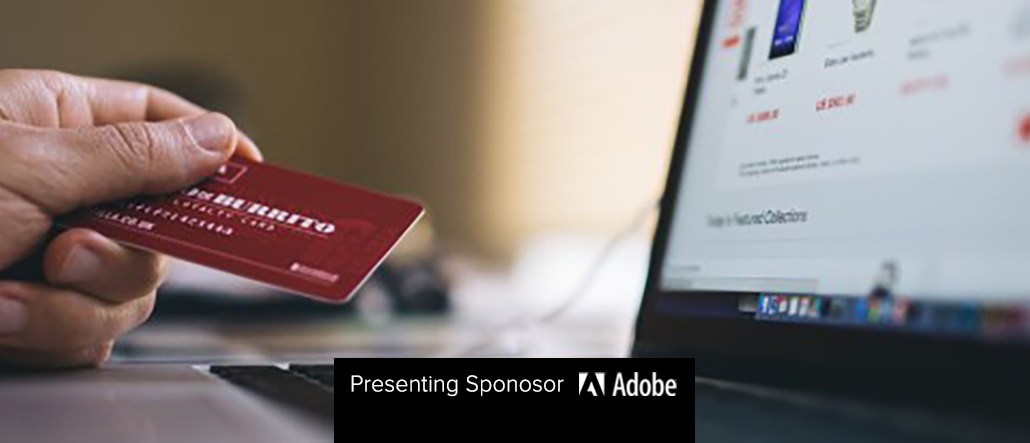
Over the past few years, retailers have faced their fair share of challenges. As more and more shoppers mine the web and their devices for deals instead of actual store fronts, longstanding brick-and-mortar brands have scrambled to keep up with the shift.
“The fundamental challenge with retail is that it’s being disrupted by pure plays and Amazon and traditional retailers have to completely rethink their businesses,” said Sucharita Mulpuru, chief retail strategist at Shoptalk. “Investing in technology is definitely a good place to start, although in some cases it may not be enough.”
Not everyone survived 2016 (RIP Sports Authority), but many struggling retailers have turned to digital and tech innovation in an attempt to spin their comebacks. Here’s how Sears, Staples, J.C. Penney and Nordstrom are each doing on their tech evolution.
Sears
The former king of the catalog business just recently reported its 20th straight quarterly sales and revenue miss and announced that it will close more unprofitable stores to combat declines. But the beleaguered retailer is still trying to rally on the technology front.
In September 2016, for instance, Sears rolled out an integration partnership with Uber, enabling passengers and drivers to link their Uber and Shop Your Way loyalty program accounts to earn more rewards points. The partnership saw more than 10,000 Shop Your Way members linking their accounts to the Uber app, collectively earning more than $250,000 in points. The program was successful enough to be expanded to 23 more markets last month. Sears has also integrated Shop Your Way with mobile payroll platform Activehours to allow employees and Shop Your Way members to receive paycheck advances.
But even this may not be enough to help Sears tide over its crisis, said Jason Goldberg, svp of commerce strategy at Razorfish. “The integrations are interesting, but I don’t think their digital chops are going to save them — but they’re not causing the problem either,” he said.
Staples
The Office Depot merger may not have panned out, but Staples seems bullish in its attempt to reinvent itself. And central to that is a heavy focus on technology. Not only was Staples among the first retailers to accept Apple Pay in stores in 2014, but it also extended Apple Pay for both online and mobile payments in October 2016. Staples also focused on several logistics-related features in 2016, rolling out the Staples Rush same-day delivery service, for example, and also introduced buy-online and pickup in-store capabilities and shipping from its stores.
Its biggest technological push, however, has been in the direction of artificial intelligence. In October 2016, Staples tapped IBM’s Watson AI technology to bring on-demand ordering for a range of products through the Staples Easy Button. It also announced a partnership with Managed by Q, giving its customers access to an online platform that connects them with providers of more than 100 business services.
“Staples is doing the most innovative things,” said Mulpuru. “They were always omnichannel, but now a strong team is driving them to experiment and innovate more.”
J.C. Penney
J.C. Penney has been betting on a range of sophisticated technology efforts in an attempt to close the gaps that appeared during the Ron Johnson era. Since late 2015, it has digitized its e-commerce distribution centers to enable omnichannel shopping, implemented a new merchandising planning system and has focused on reams of data better to create personalized shopper offers for its consumers.
J.C. Penney also made significant improvements to its mobile app, including a “snap 2 shop” feature that allows customers to take a photo of an item in a store, or scan the item’s barcode to bring up the same item through the app on its website. The retailer is also laser-focused on its omnichannel efforts, and also announced a three-year growth plan to that end in 2016.
“Omnichannel investments are smart, but in order for it to be a true competitive advantage, inventory has to be really accurate and reliable and digital investments need to also be made toward improving stores,” said Razorfish’s Goldberg.
Nordstrom
Nordstrom has long been known for its superior customer service and a loyal customer base, but it still faces many of the same issues as other retailers. In July, the brand acquired a minority stake in supply-chain software company DS Co., as it sought to adjust its e-commerce logistics and trim costs. It also added new capabilities to its mobile app, including the “Reserve & Try In Store” feature, which allows users to shop on their mobiles and set aside items to try on in the store. Lastly, the retailer partnered with developer Snaps to launch its first-ever chatbot, a holiday shopping assistant that was available until Dec. 24 on Facebook Messenger and Kik.
More in Marketing

Zero-click search is changing how small brands show up online — and spend
To appease the AI powers that be, brands are prioritizing things like blogs, brand content and landing pages.

More creators, less money: Creator economy expansion leaves mid-tier creators behind
As brands get pickier and budgets tighten, mid-tier creators are finding fewer deals in the booming influencer economy.

‘Still not a top tier ad platform’: Advertisers on Linda Yaccarino’s departure as CEO of X
Linda Yaccarino — the CEO who was never really in charge.








